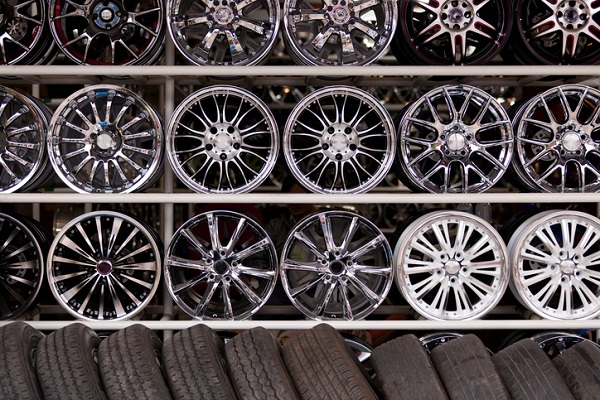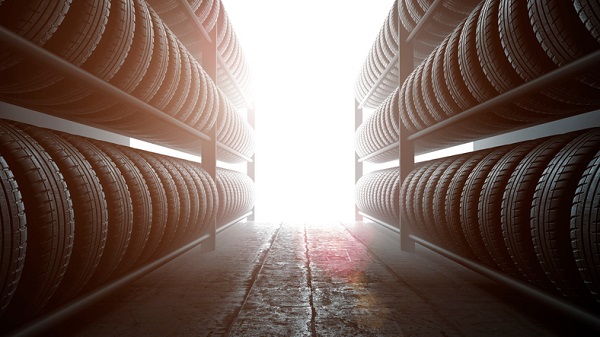Low Profile Tires: An Auto Technology School Guide to this High Performance Tire Option

Ever since their introduction in the 1970s, low-profile tires have been used to improve vehicle performance and handling. Additionally, low-profile tires also have a more streamlined, modern look, which offers an appearance favoured by race cars and other performance vehicles. Recent changes have shown a growing trend towards a low-profile aesthetic. Here’s a quick guide to the high performance tire for auto technology students.
What Are Low-Profile Tires?
Whenever we use the term low-profile, we’re talking about the aspect ratio of the tire. The higher the ratio, the thicker the edge of the tire, and the lower the ratio, the stiffer and thinner the sidewall, which as students in auto technology school know is the outward facing side of the tire. Low-profile tires are favoured in performance cars because a hard sidewall has less flexibility, which means the tire responds more directly to steering demands.

Additionally, low-profile tires feature “run-flat” technologies, which allows a driver to operate their car safely even when the tires deflate fully. In order for a tire to roll without air, the sidewalls must be reinforced, and low profile tires have stiff, short sidewalls, which also offer more stability in the event of a blowout. Another easily recognizable element is large alloy rims, which give the tire a sleeker appearance.
Are Low-Profile Tires Just for Performance Cars?
Low-profile tires are experiencing a renaissance in high-class and mid-class vehicles because they offer a variety of benefits to car performance and aesthetics, and anyone in auto technology training should be prepared to see more of them in the garage. The large contact area of a low-profile tire provides better grip on dry, paved roads, and the larger rims and brakes means the car can stop faster. All of these factors made low-profile tires ideal for performance cars, which values better speed and steering over durability.
Although low-profile tires have the most prevalence with performance car owners, they can be used on any car model. However, the tires may not match the recommended size and type designed for maximum vehicle capability, and may also require upgrades to the vehicle’s suspension to allow for larger rims. Due to the low-tire format having a reinforced sidewall, it has further appeal to be used as a spare, and is a reliable option in case of a flat tire.
What You Should Know About Low-Profile Tires in Auto Technology Training
For drivers who favour practicality over style, low-profile tires are likely not what they’ll look for when it comes to new tires, particularly since they are more expensive. Because the sidewalls in low-profile tires are thinner than the standard model, there is a reduced amount of rubber between the rim and the road, and this means the tire will wear out faster and is less effective at absorbing shock, leading to a rougher, bumpier ride.

Are you in the Toronto area and interested in beginning a new career after an automotive technology program?
Contact your local Automotive Training Centre for more information!

